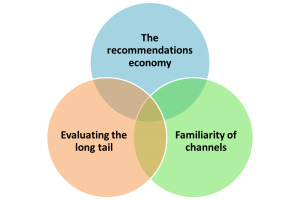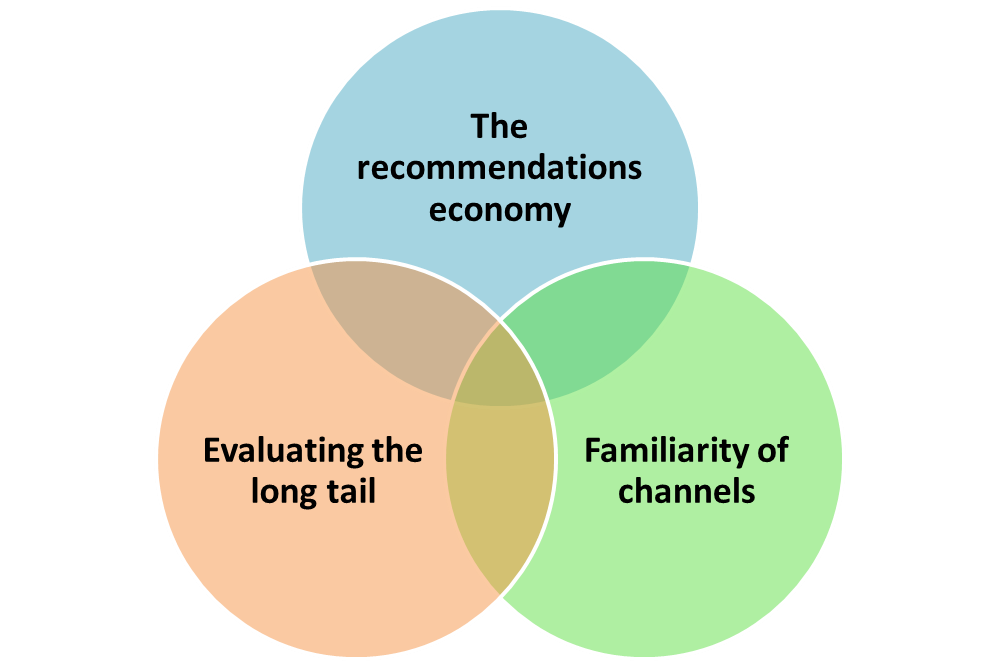With better store experiences, price match guarantees, ship-from-store innovations and using the concept of “stores in store”, the impact of show-rooming appears to have been stemmed towards the latter half of 2013. News about Best Buy having some success this past holiday season is all around us.
The keyword in the opening paragraph is “appears”. Price and convenience were the obvious factors to be satisfied this holiday season. Customers needed a reason to walk in. And once they walked in, the most pressing factors that led them to the competition were countered effectively. Great promotions brought them in, and then improved store experiences with price guarantees (and fast shipping if required) kept them from walking out. The holiday season is also a time when most purchases can’t wait so that may have been an added ingredient to the successful recipe of the 2013 holiday season.
The key question is: Did we witness a successful counterattack or did we just see the beginnings of a long strategic war? Who will emerge with a comprehensive and decisive response to the world of traditional and transactional shopping? In today’s digital economy, purchases are not isolated, and loyalty is not just about the latest coupon savings.
In fact the battle of show-rooming is just starting.

The recommendations economy
The battle of show-rooming needs us to insert ourselves in the recommendations economy, long before the consumer hits the catalog. An Omni Channel shopping experience attempts to help solve this problem by guiding decision making without being too obtrusive.
As the internet economy grows, recommendations and experience sharing are becoming an increasingly credible source for decision making. In addition, tactics by retailers and manufacturers to reduce the risk of a wrong choice are further promoting consumers to experiment when they can. Finally, the amount of self-analysis and the value of expert advice received from a single source (at a store for example) are being pitted against each other. People may find their local electronics stores convenient, but do they place the same value on the expertise of the associates? Probably not.
Evaluating the long tail
Every major purchase has a long tail associated with it. The most obvious example is consumer electronics that seems to be all about the big ticket items, but has a significant long tail that follows each purchase in terms of accessories, content and refills. How is the long tail being addressed and how will consumers treat their subsequent purchases? What kind of relationships is it possible to build through a multi-channel model? In this new digital connected economy, its as much about engagement and retention, as it is about profitability from each item.
The answers lie in providing consumers:
1. With a constant reinforcement of their choices
2. Guiding them along to make the best of what they purchased
3. Not to make them spend a little more.
The concepts of up-sell and cross-sell are undergoing a transformation in a relationship and recommendations economy. Selling may well be called advising. If you sell, they won’t buy.
Familiarity of channels
Today the shopping experience is about hopping from one site to the other, leaving the onus of discovery to the customer. Just as supermarkets consolidated the fragmented retail landscape in the past 2 decades, the same holds true for market places in an online world. The result is that consumers choose to do their shopping from a channel they are already familiar and comfortable with. Amazon prime and Walmart online along with other varied sellers seem to be obvious choice to reduce transaction costs and increase convenience. As they constantly expand their own partner and supplier networks to meet the demands of their consumers, the shopping friction continues to reduce. For niche sellers this is a problem to be solved by establishing the right partnerships and embedding themselves into the regular commerce ecosystem of their consumers. Cross industry partnerships are emerging, as well as partnerships with manufacturers (Nike, Apple) that are ramping up their consumer interaction to create more engagement.
The natural outcome of these capabilities is the creation of an engaged customer community. The community will advise, sell and nurture, backed by the commerce ecosystem that will be the ultimate beneficiary. In addition, the successful community will probably cross across retailer boundaries and bring multiple providers together to meet consumer needs by minimizing shopping and experience friction.
In summary
Show-rooming is not just a battle between physical and online models. Those who limit the show-rooming war to this narrow battle will lose and disappear. In fact, the real war is for the consumer ecosystem. Engage and retain over multiple channels, create non-transactional relationships and embed yourself into the channels of choice through the right partnerships. In a connected world, the art of an immersive customer experience is for everyone to practice and excel at.

